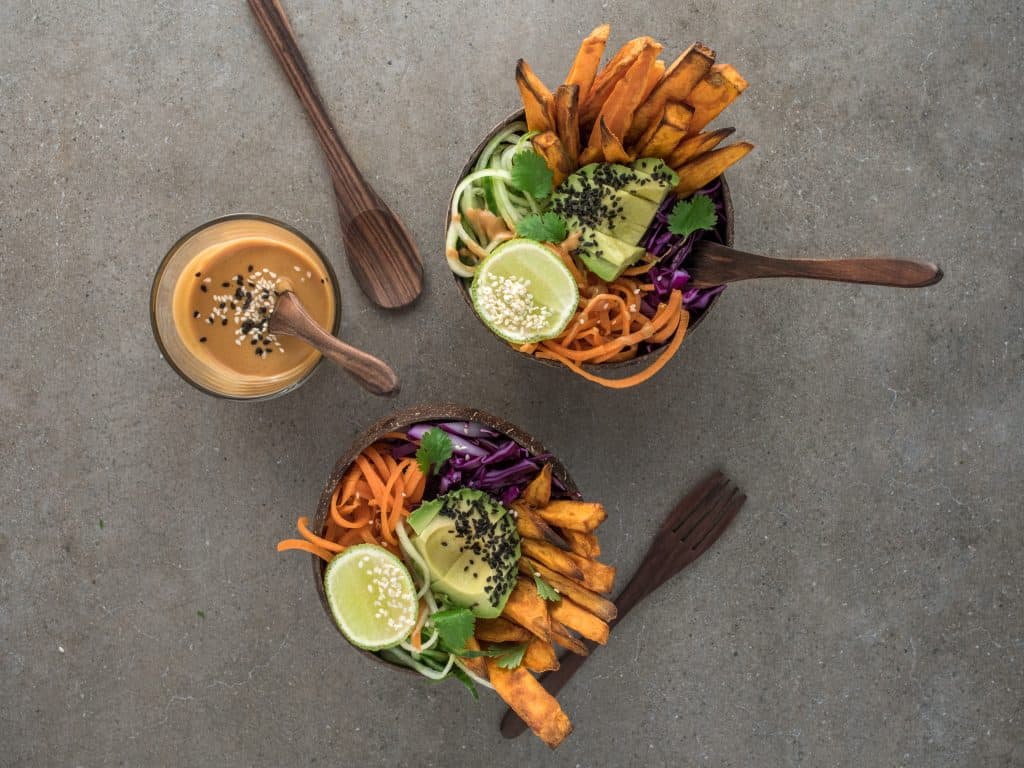If you spent more than one hour in Tuscany, you have definitely tasted Cantucci.
It’s the highlight of our Florence Food Tour, and the highlight of almost every traditional Tuscan restaurant. Cantucci and Vin Santo are considered the perfect couple and the best dessert. Its flavor is not too sweet, and its crunchy consistency make it great for after dinner.
Cantucci (or “Cantuccini”) tradition is spread all around Tuscany, but where exactly are they from? Ask a Florentine, they will say: from Florence! Ask a Pratese, they will say: from Prato! Ask a Senese, they will say: From Siena!
We tend to agree with the Prateses and give them the honor of having created this crunchy, long-shaped cookie. In fact, history tells us that in the 19th century, a pastry chef from Prato, Antonio Mattei (nicknamed “Mattonella”), perfected the famous recipe and made it a classic that won lots of prizes and honors, including a mention at the world famous Universal Exposition in Paris in 1867!
The “bottega del Mattonella” (“Mattonella’s shop”) is still operating in Prato and it is considered an important legacy. Moreover, Cantuccini are also called “Biscotti di Prato.”
So, how are these Cantuccini made? And what makes them so special?
Cantuccini are golden, hard cookies with a long shape and, on the inside, an explosion of peeled almonds. Their peculiarity comes from the fact that these cookies are actually “bis-cotti” (twice-baked): first they go into the oven in the shape of soft almond baguettes, then they are cut in pieces and put back in the oven until they take their nice hazel color and crunchy-ness!
Their name might come from Latin “cantellus,” which means “piece of bread.” That is because their shape actually recalls a slice of bread, maybe one or two days old. The kind of bread that peasants like to use to cook (pappa al pomodoro… ribollita… anyone?) or dip in some red wine!
So, that’s probably how it went; I like to imagine a cook who wanted to prepare soft cookies with almonds – similar to the Senese Ricciarelli – and they got so hard they broke people’s teeth, and then he thought: “Hm, let’s try with wine,” and found the delicious sweet Vin Santo. Maybe that’s just my imagination, but I’m pretty sure we’re not so far from the original story.
The original recipe also had dried fruit and spices. Now, it has evolved a bit and become more minimal. That’s a good thing, because the tastes of two centuries ago were quite different from ours; we could find it a bit too strong. Then again, the actual flavor fits perfectly with Vin Santo – so well that sometimes the wine is also in the cookie dough! That’s why, even if tradition wants us to dip the cookie into the wine, chefs recommend trying them separately, tasting a bite of Cantucci and then sipping the wine in order to distinguish all the delicious flavors.
The cookies are not that hard anymore. And they make them in many different flavors! They come with hazelnuts, chocolate, pistachios… It’s your call. What will you choose? traditional or gourmet?
Learn more about Italian food by joining a Fat Tire Tour in Milan, Florence, or Rome!




